How to Grow & Care for String of Pearls: A Complete Guide
Discover the captivating world of String of Pearls! This complete guide unveils the secrets to cultivating and nurturing this unique succulent, renowned for its trailing vines adorned with delicate pearl-like leaves. Unlock valuable tips on soil, watering, lighting, propagation and troubleshooting, empowering you to create a thriving indoor or outdoor oasis with these enchanting plants.
Imagine a plant that cascades gracefully, adorned with delicate, pearl-like leaves that resemble little green beads strung together. This is the allure of the String of Pearls, a captivating succulent that has captured the hearts of plant enthusiasts worldwide. With its unique trailing habit and whimsical appearance, it’s no wonder this plant has become a favorite for indoor and outdoor gardens alike.
In this comprehensive guide, we’ll delve into the fascinating world of String of Pearls (Senecio rowleyanus), exploring its origins, care requirements, propagation techniques and troubleshooting tips. Whether you’re a seasoned green thumb or a budding plant enthusiast, this guide will empower you to cultivate and nurture these enchanting succulents with confidence.
Here’s an easy chart for String of Pearls (Senecio rowleyanus):
| Aspect | Information |
|---|---|
| Botanical Name | Senecio rowleyanus |
| Common Name | String of Pearls |
| Plant Type | Succulent |
| Zones | 9-12 (can be grown indoors in cooler zones) |
| Sun Exposure | Bright, indirect light to partial shade |
| Soil Type | Well-draining succulent or cactus mix |
| Watering | Allow soil to dry out completely between waterings |
| Bloom Time | Spring to summer |
| Flower Color | White, with a cinnamon-like fragrance |
| Height/Spread | Trails up to 2-3 feet |
| Special Features | Unique bead-like leaves, drought-tolerant |
Origins and Characteristics
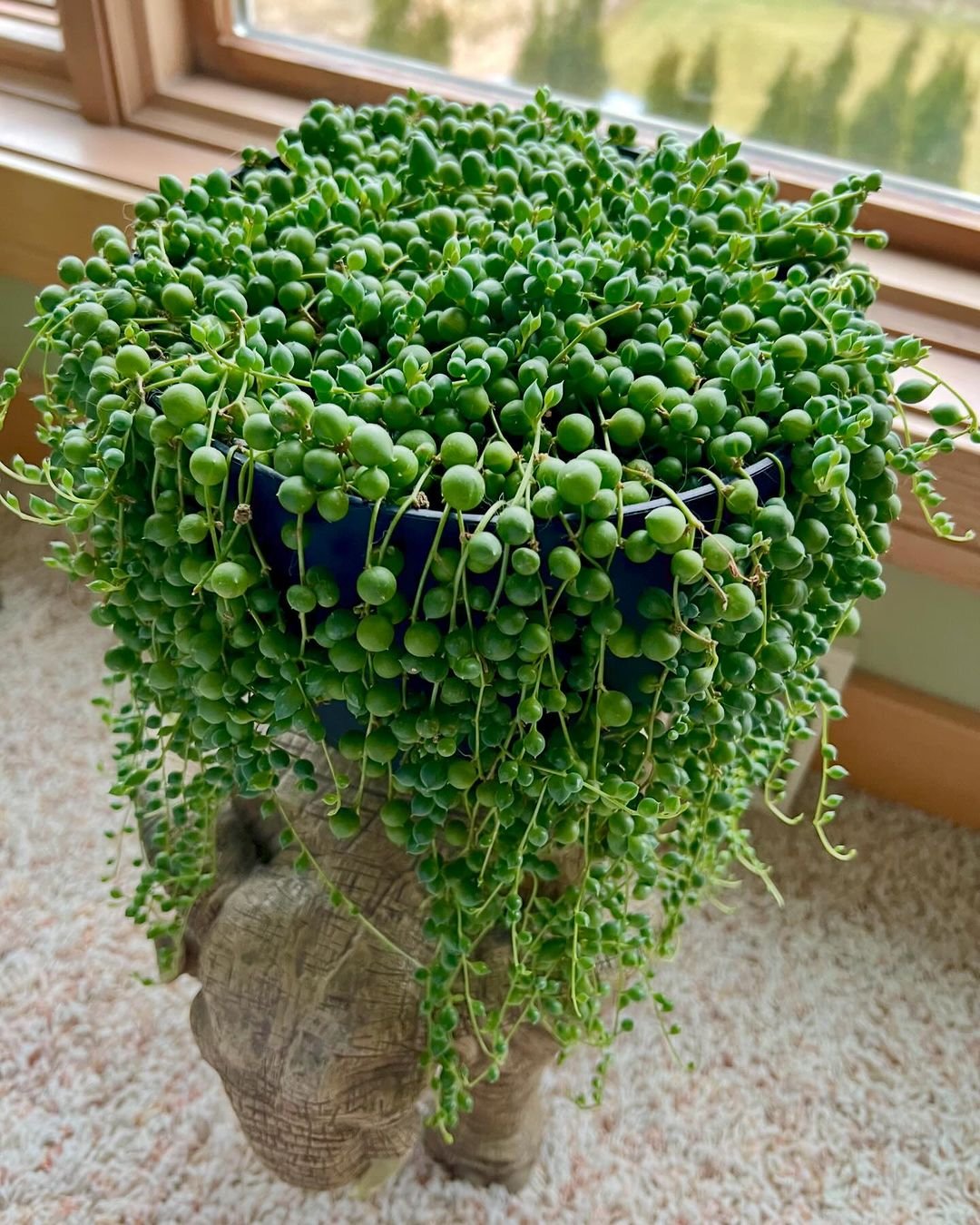
The String of Pearls is native to the arid regions of Southwest Africa, where it thrives in the dry, rocky conditions. This succulent belongs to the Senecio genus and is prized for its trailing vines that can reach up to several feet in length. The vines are adorned with small, round leaves that resemble delicate green pearls, earning it the charming common name.
While the String of Pearls is primarily grown as an ornamental plant, it’s important to note that all parts of the plant are considered toxic if ingested. This makes it essential to keep the plant out of reach of children and pets and to handle it with care during pruning or repotting.
Soil and Potting Requirements
Like most succulents, the String of Pearls thrives in well-draining soil that mimics its native habitat. A potting mix specifically formulated for cacti and succulents is ideal, as it provides the necessary aeration and drainage. You can also create your own mix by combining equal parts of potting soil, perlite, pumice and coarse sand.
When it comes to containers, choose pots with ample drainage holes to prevent waterlogged soil and root rot. Terracotta or clay pots are excellent choices, as they allow for better air circulation and moisture evaporation. Ensure the pot size is appropriate for the plant’s size, as overly large containers can lead to excessive moisture retention and potential root issues.
Watering and Lighting Requirements
One of the critical aspects of caring for String of Pearls is understanding its watering needs. These succulents are drought-tolerant and prefer to dry out slightly between waterings. During the active growing season (spring and summer), water thoroughly when the top inch or two of soil is dry. In winter, reduce watering to once a month or less, as the plant enters a dormant phase.
Overwatering is the most common cause of problems with String of Pearls, as it can lead to root rot, leaf drop and eventual plant death. Always check the soil moisture level before watering and ensure the potting mix drains thoroughly after each watering session.
When it comes to lighting, String of Pearls prefers bright, indirect sunlight. Too much direct sun can scorch the delicate leaves, while too little light can result in sparse growth and stretching. An east or west-facing window is ideal for indoor plants or you can provide supplemental grow lights if natural light is insufficient.
Outdoor plants can tolerate partial shade, but they’ll thrive in bright, filtered sunlight. Gradually acclimate them to increased sun exposure to prevent sunburn.
Propagation and Repotting
One of the delightful aspects of growing String of Pearls is how easily it can be propagated. These succulents readily produce new growth from stem cuttings, allowing you to share the plant with friends or create a fuller, more lush display.
To propagate, gently remove a few inches of the trailing vine, allowing the cut end to callus over for a day or two. Then, plant the cutting in a well-draining potting mix, gently firming the soil around the base. Water sparingly until new growth appears, indicating the cutting has taken root.
As your String of Pearls grows, it may become necessary to repot it into a larger container. The best time for repotting is in the spring or early summer when the plant is actively growing. Gently remove the plant from its current pot, taking care not to damage the delicate roots or stems. Replant in a slightly larger container with fresh potting mix, ensuring the crown of the plant is at the same soil level as before.
Pruning and Grooming
To maintain a healthy and attractive appearance, regular pruning and grooming are recommended for String of Pearls. Use clean, sharp scissors or pruning shears to remove any dead or damaged stems or leaves. This not only improves the plant’s aesthetic but also encourages new growth and promotes air circulation.
If your plant becomes leggy or sparse, you can gently prune back the trailing vines to encourage bushier growth. However, be cautious not to remove too much growth at once, as this can stress the plant.
Troubleshooting Common Issues
While String of Pearls are generally low-maintenance plants, they can sometimes encounter issues that require attention. Here are some common problems and their potential solutions:
Shriveled or Wrinkled Leaves
This often indicates underwatering. Increase the frequency of watering and ensure the potting mix is well-draining.
Yellowing or Mushy Leaves
Overwatering or poor drainage can cause this issue. Reduce watering and check for root rot. If necessary, repot the plant in fresh, well-draining soil.
Stretching or Leggy Growth
Insufficient light can cause the plant to stretch and become sparse. Increase the amount of bright, indirect light it receives.
Pest Infestations
Mealybugs, spider mites and scale insects can occasionally afflict String of Pearls. Use insecticidal soap or neem oil to control these pests, or isolate the affected plant to prevent spreading.
By understanding and addressing these common issues promptly, you can help your String of Pearls recover and thrive once again.
Embracing the Enchantment
The String of Pearls is a truly captivating plant that adds a touch of whimsy and elegance to any indoor or outdoor space. With its trailing vines and delicate pearl-like leaves, it’s a conversation starter and a delight to cultivate. By following these care instructions and embracing the unique requirements of this succulent, you’ll be rewarded with a lush and thriving display that brings joy and beauty to your surroundings.
So, whether you’re a seasoned plant enthusiast or a newcomer to the world of succulents, embrace the enchantment of the String of Pearls and embark on a journey of nurturing and appreciating this remarkable plant. With patience, attention and a little bit of love, you’ll soon have a flourishing natural treasure that captivates the senses and enriches your life with its enduring charm.

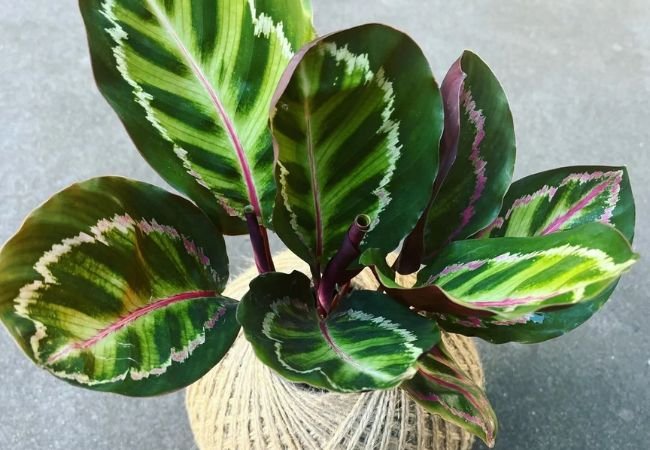
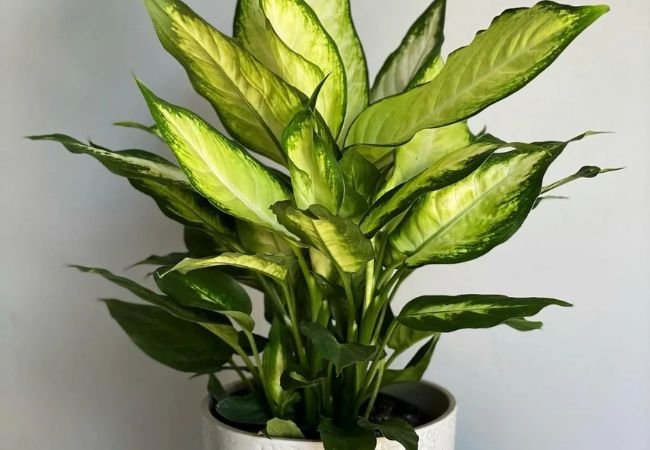
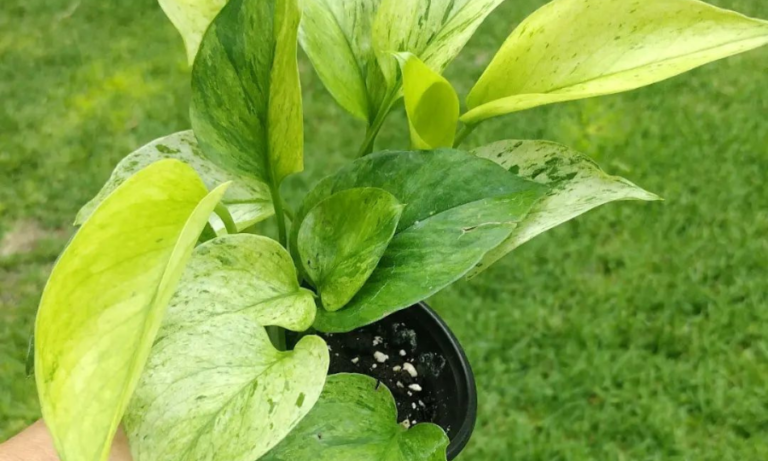
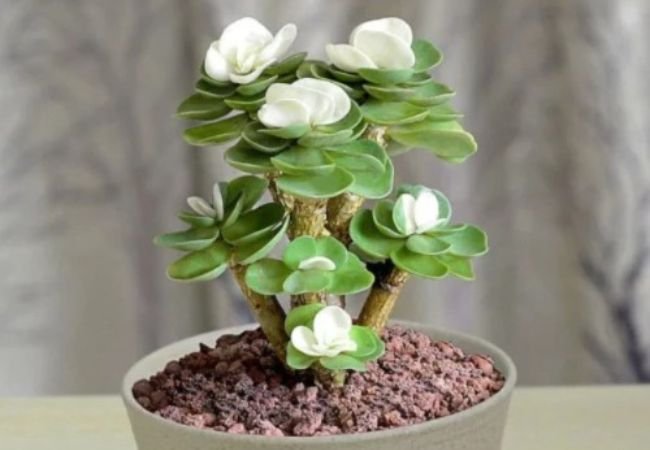
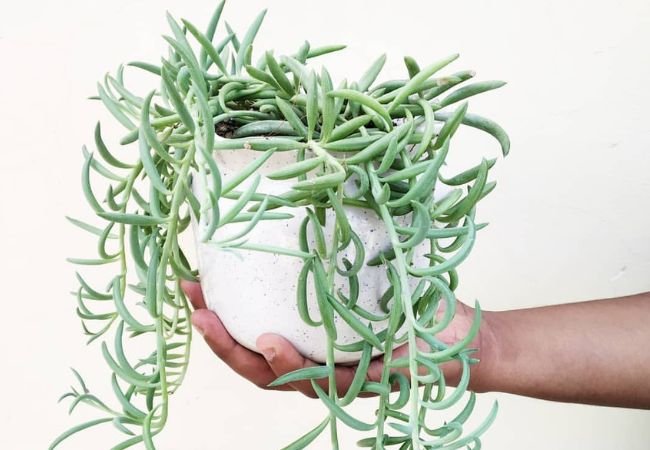
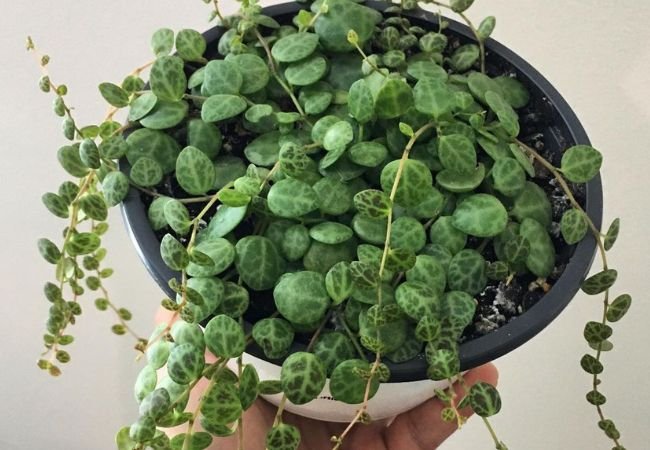
2 Comments